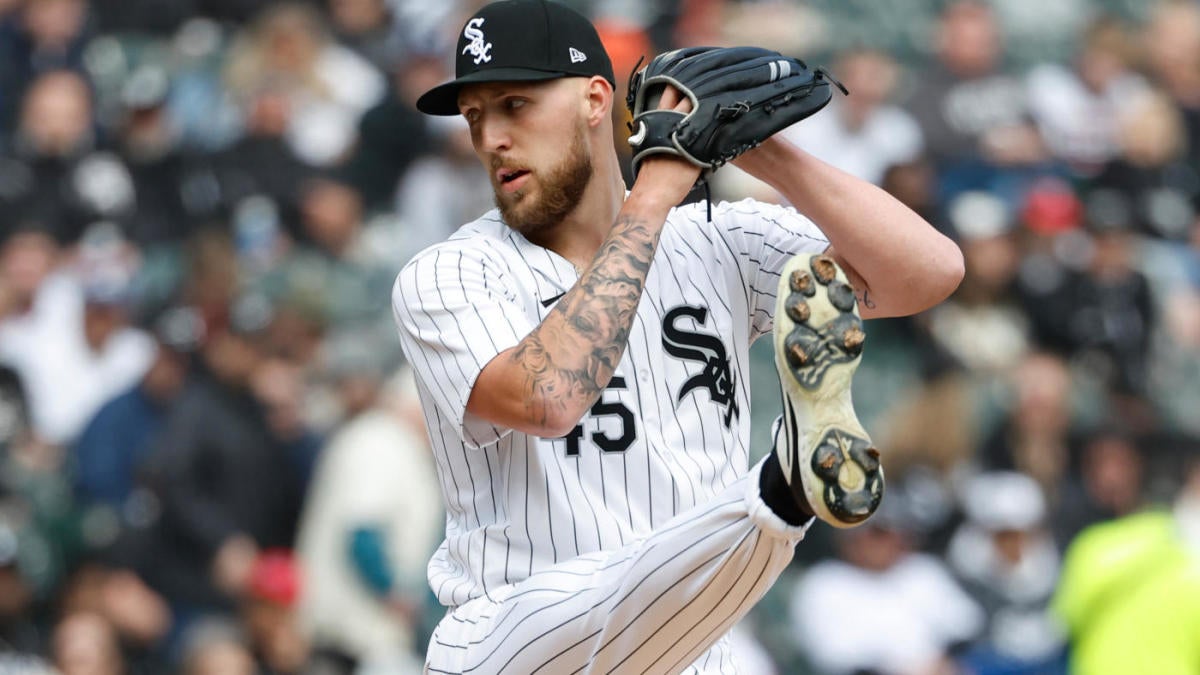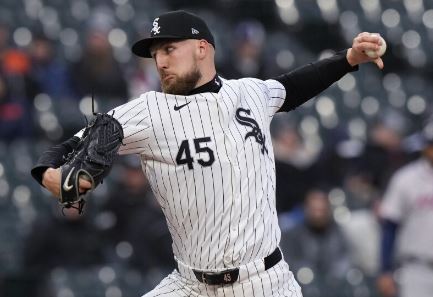The name Garrett Crochet has been circling around the trade deadline for MLB players, which is July 30. However, Jon Heyman of the NY Post claims that his untested ability to play a complete season as a starter may be a liability on the trade market.
Crochet wants to play every day for the remainder of the season, against the wishes of the White Sox. Additionally, Crochet and his agent would try for a contract extension so he could throw in October if the White Sox traded him by next week.
Crochet is navigating new territory as he embarks on his first full season as a starter with the White Sox. This season, he’s pitched 111.1 innings, more than doubling his previous single-season high of 54.1 innings.
The White Sox are cautious about his health and are managing his workload carefully. He was given an 11-day break during the All-Star break and, upon his return, pitched only four innings with 74 pitches against the Rangers on Tuesday.
There is no established guide for managing Crochet’s workload, given his impressive performance this season with a 3.07 ERA, 0.970 WHIP, and a league-leading 157 strikeouts. Pedro Grifol addressed this challenge with the media before Thursday’s game against the Rangers.

“I’m not convinced that you can’t go through a whole season after just 30 innings last year. I’m not,” Grifol said when asked about Crochet returning to a normal workload. “I need more information. But that’s just my opinion. We need to come together as a group and as an organization to continue planning this out.”
“But right now, there are no signs of him slowing down. His velocity was down by 1.5 mph the other day, but that could be due to various factors, including the long layoff. We’ll see how he performs going forward. But there’s no clear guide for him… To answer your question, in short, there’s a possibility.”
Crochet prefers the five-day routine of a starter over the everyday standby routine of a bullpen reliever, believing his body responds better to that schedule. His performance this season supports this preference.
“I think many people don’t realize the differences between being a bullpen pitcher and a starter,” Crochet told NBC Sports Chicago’s Chuck Garfien during spring training. “They see the innings load and assume a bullpen guy can pitch every day since he’s only throwing one inning. But that’s not the case because the throwing schedule is different. You have to stay in top shape every day because you never know when you’ll be called to pitch.
“For me, the five-day routine is much better suited.”
Garrett Crochet is navigating his first season as a starting pitcher, and Frank Thomas has expressed confidence in Crochet maintaining his workload for the rest of the season. According to The Athletic’s Ken Rosenthal, some potential trade suitors want to see Crochet finish the season healthy before committing to a deal, while others are open to making a move at the trade deadline. However, Crochet is looking for a contract extension before potentially moving to a contender.
Crochet is earning $800,000 this season, which is a bargain given his performance. He remains under club control for the next two seasons and won’t become a free agent until 2027. Teams know that Crochet prefers starting over being a high-leverage reliever, but he might be flexible if a team offers him a contract extension, according to Jon Heyman.
It’s logical for Crochet to seek proper financial compensation, essentially asking teams to commit to him financially before he further tests his limits with his workload. However, his demand for more money and a longer-term commitment might deter teams without a full season of performance to evaluate his potential.
The uncertainty surrounding Garrett Crochet’s situation as the trade deadline approaches might lead GM Chris Getz to hold off on trading the left-hander and revisit the market in the offseason. Before news of Crochet’s workload and contract desires emerged, Ken Rosenthal reported that some industry figures expect the White Sox to retain Crochet past the deadline.
“Some in the industry expect the Chicago White Sox to hold left-hander Garrett Crochet, believing that an even greater number of buyers will emerge in the offseason and that his value is greater in his additional two years of club control than in 2024,” Rosenthal wrote.
With teams hesitant about Crochet’s health this season and most of his suitors being contenders, the offseason would attract teams looking to compete in 2025. A full, healthy campaign from Crochet would alleviate concerns about his injury risks, making him more attractive to potential buyers.
For Getz, waiting until the offseason to trade Crochet makes sense, especially considering the high value he places on the team’s top arms. This strategy is similar to how the White Sox handled Dylan Cease, who was traded to the Padres just before the 2024 season after a prolonged offseason negotiation.
If Crochet can stay healthy for the rest of the season, his value is likely to increase. More suitors would potentially appear in the offseason, improving the return for Crochet. Rosenthal mentioned the Cubs, Blue Jays, and Nationals as possible suitors for Crochet in the upcoming offseason.

